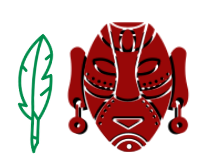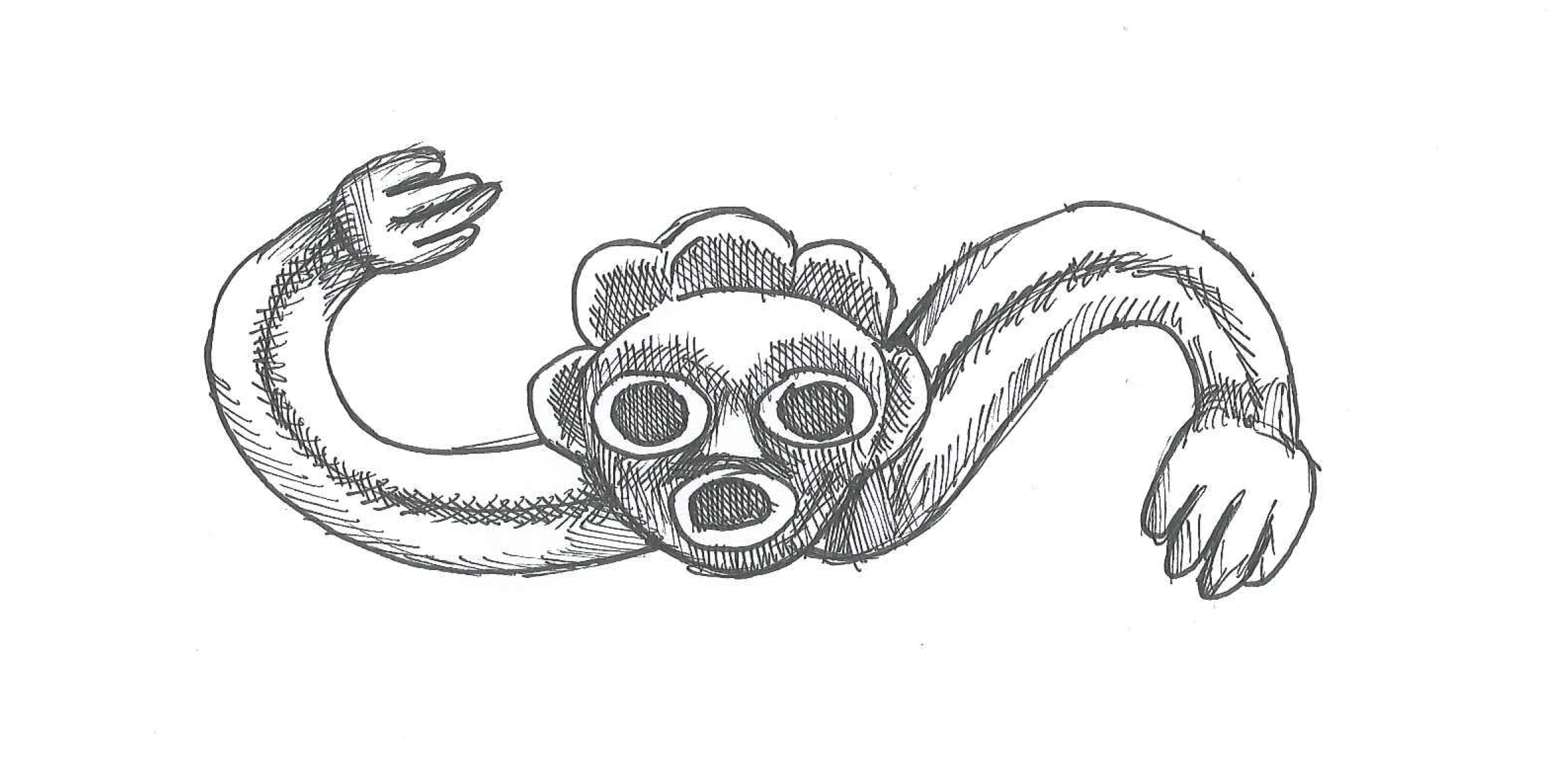Hurricane season in the Caribbean is marked by an intricate intersection of practical, cultural, and environmental factors. The Taino word “Huracan,” which means wind centre, is the source of the word hurricane, and in this culture marks a time of both challenge and opportunity. Indigenous wisdom views hurricanes not merely as destructive forces but as agents of renewal and transformation.
Reflecting on Hurricane Beryl’s approach, we are reminded of nature’s immense power and the importance of preparation. Ancient Taino practices suggest viewing hurricanes as path clearers—events that offer chances for fresh beginnings and renewal. This perspective aligns with the belief in Guabancex, a powerful Taino cemi1 who governs the wind and rain, symbolising the clearing of the old to make way for new growth.
Widespread environmental devastation in the Caribbean
The impacts of climate change usually exacerbate the challenges faced during hurricane season. According to Dr. Wendel Parham of the Caribbean Agriculture and Research Development Institute (CARDI), climate change is intensifying the severity and frequency of hurricanes, which threatens agricultural production and food security. The rise in sea temperatures leads to longer hurricane seasons and more intense storms, causing significant agricultural losses and affecting coastal infrastructure. For example, recent hurricanes have resulted in an estimated $200 million in agricultural damage in Jamaica alone, impacting vital crops like coffee and bananas.
Hurricanes also significantly affect Caribbean ecosystems. Studies reveal that hurricane impacts on forests include extensive defoliation and tree mortality, which vary by location and species. Ecosystem recovery from these events relies on factors such as seedling growth and resprouting of canopy trees. The increased litterfall post-hurricane can enhance soil nutrients, but the overall recovery process is complex and not fully understood.
Beryl wrecks Caribbean islands, descends on Jamaica
As we await Hurricane Beryl’s landfall on Jamaica this afternoon, it is essential to reflect on the teachings of our ancestors to not only soothe us, but to help us prepare for potentially rougher times. Beryl moved deeper into the Caribbean Sea yesterday, losing some of its strength to become a Category 4 hurricane and heading directly towards Jamaica, prompting warnings and advisories throughout the Caribbean.
With winds of 150 mph, Beryl made landfall on Carriacou Island in Grenada on Monday as a Category 4 hurricane, and also devastated St. Vincent and the Grenadines leaving at least three people dead. After regaining intensity over the Caribbean Sea, the storm made history on Monday night by becoming the first-ever Category 5 hurricane to form so quickly, and so early in the hurricane season. Beryl’s eye is “expected to bring life-threatening winds and a storm surge to Jamaica” as well as to the Cayman Islands this evening into Thursday, according to the Hurricane Centre.
Hurricanes and Indigenous Wisdom
As we prepare for and navigate these storms, integrating Indigenous practices with modern strategies can enhance resilience. This includes using traditional knowledge and implementing practical measures like collecting essentials, gathering and preserving plants for natural medicines ahead of hurricane landfalls (in case they get uprooted and destroyed), harvesting, smoking and salting foods to preserve them, staying grounded through cultural rituals like presenting offerings, dance and song, and preparing for potential disruptions.
By understanding both the cultural significance and the environmental impacts of hurricanes, we can better appreciate the need for comprehensive action plans. Efforts such as those by CARDI to develop high-temperature resistant crops, preserve genetic diversity, and secure planting reserves are crucial for safeguarding our food systems and ecosystems in the face of a changing climate.
Through blending cultural wisdom with scientific research, we can weather the storms with resilience and hope, honouring our heritage while addressing the pressing challenges of climate change.
- Cemi in Taino culture refers to a deity, ancestral spirit and/or object (sculptural or natural llike a rock or piece of wood) within which the spirit resides. ↩︎
Sources:
Pairman, Robert. (Kalaan Nibonrix Kaiman) “Huracan Kati (Hurricane Moon)”. JA Esoterics Blog, 19, June, 2024.
Parham, Wendel. “Impact of Climate Change on Caribbean Agriculture.” Jamaica Information Service, 28 Aug. 2005.

